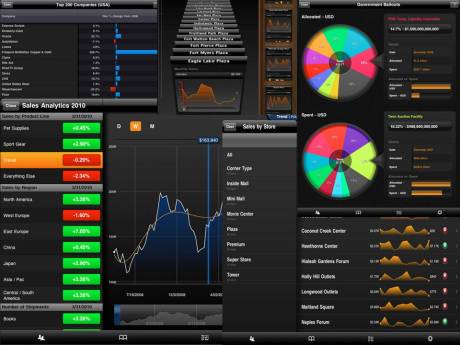Knowledge Management Updated February 1, 2013
Posted by stewsutton in business analytics, business intelligence, Collaboration, Communications, Knowledge Management, Software.Tags: community models, content management solutions, mobile platforms, software, technology
add a comment
Knowledge Management has undergone a significant change of emphasis over the past several years. We have moved beyond the days when KM was centered in the design and deployment of content management solutions, the fanfare around launching communities of practice, and the practical benefits of sharing lessons learned. The emphasis today is a complete reformulation of how we can extract value from information. The new intersecting themes generally include “big data”, “business analytics / business intelligence”, “social”, and “mobility”.
Leading up to this new arrangement of priorities, KM bounced around in the past several years seeking to find itself as the rapid technology changes in mobile platforms and across consumer-based social platforms took center stage. This caused the KM emphasis to drift toward “collaboration” things – after all isn’t sharing knowledge through collaboration what its all about? Community models for knowledge stewardship have fallen out of favor while crowdsourcing of answers has increase in popularity. The practical difficulty is that running a business, engineering improvements to complex operational procedures, and designing and manufacturing of precision equipment cannot be directly guided by the wisdom of any crowd.
And while the phrase knowledge management has often been met with resistance “I don’t what someone managing my knowledge…”, the new KM emphasis has oriented itself to offering value to the business and to the individual creators and managers of knowledge across the workforce. Consider for a moment this simple ten-step framework that illustrates the intersecting themes of knowledge and information management today…
1. Identify a relevant “structured” data source associated with our business
2. Repeat #1 multiple times, not really knowing (just yet) the intersecting relevance
3. Prepare the data sources identified in #2 so that they may be “accessed” and integrated
4. Connect results of #3 by using software to analyze and discover “features” in the data
5. Overlay social graphs, geo-mapping, and other information sources to illuminate findings
6. Clarify and contextualize these findings, draw conclusions, and propose business changes
7. Implement business changes and monitor #5 to assess the impact of business changes
8. Make necessary adjustments based on #7, and return to #1 to discover more relationships

Using tablet-based dashboards will expand the scope and impact of business intelligence and business analytics for both strategic and tactical value
Knowledge Management is becoming a more refined and mature information science. The tools for business are enabling broad and sophisticated analysis of data and application of business analytics by individuals that have line-of-business accountability. From middle management to executives, a new landscape of configurable mobile dashboards that encourage experimentation and insight building are emerging quickly. Big data is being gathered everywhere. The interface methods are being dramatically simplified. And mobile (tablet based) interfaces are being quickly formed, refined, delivered, modified, and shared among co-workers at various levels. Knowledge workers today are more skilled within business intelligence and business analytics.
It is a very interesting time.